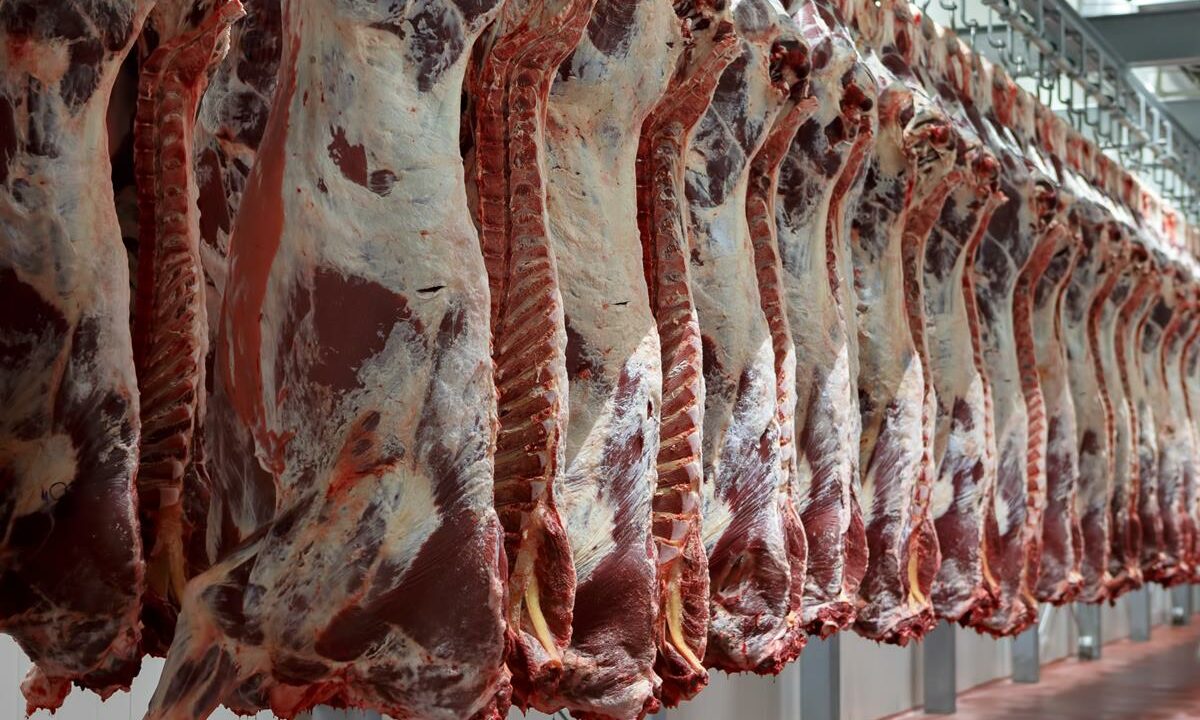This week, beef factories have opted to knock another 5c/kg off base quotes. The majority of processors are now offering 385-390c/kg for steers and 395-400c/kg for heifers.
Farmers need to dig deep and bargain hard for the best possible deals while factories are employing such tactics.
Looking forward to next week, the early outlook doesn’t look great and many procurement managers are noting that more price cuts are in the pipeline.
During the week ending July 8, in-spec, R+3= heifers made a top price of 457.01c/kg, while the average price paid stood at 435.72c/kg.
Furthermore, a top price of 436.25c/kg was achieved for R+3= steers; the average price paid for these animals stood at 417.28c/kg.
Cow prices also remain under pressure and many buyers are starting negotiations for O-grade cows at 310c/kg, while negotiations for P-grade cows start at 290c/kg.
It must be noted that there is a wide variation in the prices for cows being quoted to farmers; this depends on the location and demand of individual processing plants.
Due to the weather conditions and lack of grass growth, some farmers have no other option but to market some of their cows to reduce feed demand. During the week ending July 8, the number of cows increased by 244 head when compared to the previous week’s kill.
During the week ending July 8, O=3= cows made a top price of 365.32c/kg, while the average price paid stood at 332.96c/kg.
Cattle supplies
Some 34,195 cattle were slaughtered in Department of Agriculture approved beef plants during the week ending July 8; this was a jump of 352 head on the week before.
The majority of this rise was due to an increase in the number of bullocks and cows sent for slaughter. Supplies of these animals climbed by 554 and 244 head respectively during the week ending July 8.
However, fewer young bulls, aged bulls and heifers were slaughtered and supplies of these animals stood at 4,111 head, 482 head and 8,639 head respectively.
All-in-all, when all the categories are considered, some 892,482 head of cattle have been slaughtered in approved beef export plants this year – a jump of 23,684 head on 2017 levels.
- Young bulls: 4,111 head (-192 head or -4.4%);
- Bulls: 482 head (-29 head or -5.6%);
- Steers: 11,681 head (+554 head or +4.9%);
- Cows: 9,282 head (+244 head or +2.7%);
- Heifers: 8,639 head (-225 head or -2.5%);
- Total: 34,195 head (+352 head or +1%).
‘Stop cutting prices’
Last week, the Irish Farmers’ Association’s (IFA’s) Livestock Committee chairman Angus Woods outlined that the factories have to stop cutting cattle prices and stabilise the market.
Our message is clear: Stop cutting prices and stop undermining confidence in the market place.
Woods also called on the Minister for Agriculture Michael Creed to act urgently and respond to the seriousness of the situation.
“Minister Creed needs to call on the meat factories and tell them that they have to stabilise the beef price and stop undermining confidence in the markets.
“Stability on cattle prices is critical – at this juncture – and the minister needs to ensure that the factories act in a responsible manner,” he explained.
He also outlined that the factories must stop using the drought issues to undermine prices.



